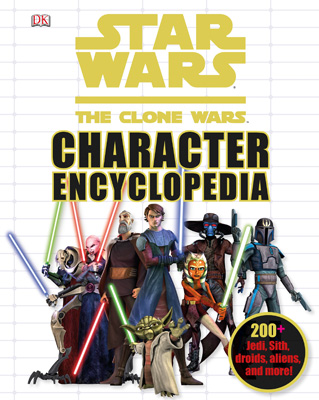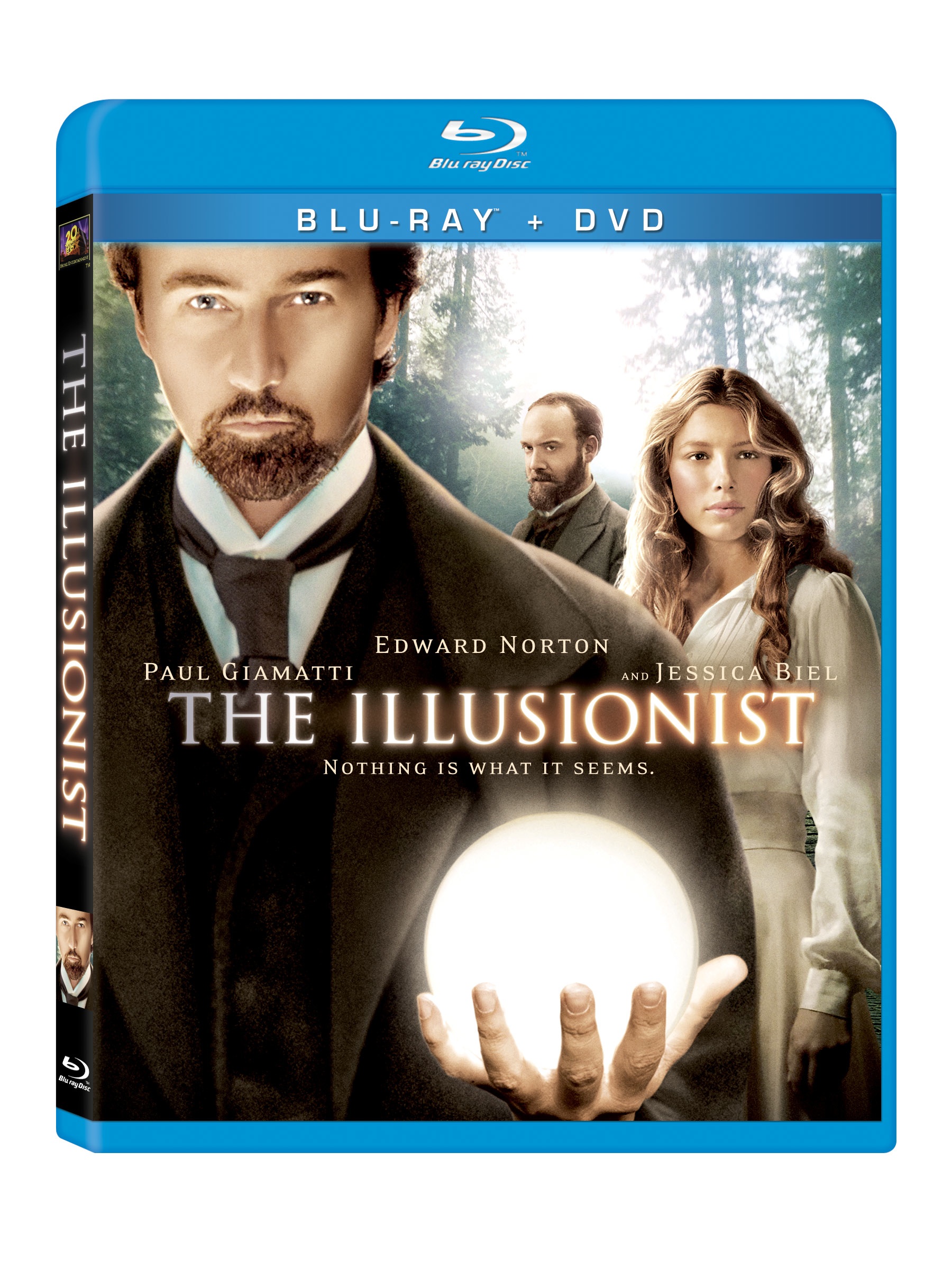Classic Comics Press Continues Reprinting Great Forgotten Strips
Although some of the more familiar comic strips have garnered tremendous press as a part of IDW’s Library of Comics, some of the best strips being collected have been overlooked. For the last several years, Classic Comics Press has been re-presenting Leonard Starr’s Mary Perkins and Stan Drake’s The Heart of Juliet Jones and these are just as deserving of readers’ time and attention.
 Publisher Charles Pelto has turned a labor of love into a business that is surviving despite tough economic times. Along with James Gauthier, he has been slowly growing his operation, adding two new series this year. ComicMix had to the chance to chat with the two and in part one, we look at CCP’s origins and why these two strips launched the line.
Publisher Charles Pelto has turned a labor of love into a business that is surviving despite tough economic times. Along with James Gauthier, he has been slowly growing his operation, adding two new series this year. ComicMix had to the chance to chat with the two and in part one, we look at CCP’s origins and why these two strips launched the line.
ComicMix: Charles, how long have you been interested in comic strips?
Charles Pelto: I learned how to read from the daily and Sunday funnies. In the early 50’s there were a lot more papers available in Detroit, where I grew up. I delivered the Detroit Free Press (with Mary Perkins), but also regularly read The Detroit News, and a number of suburban papers. Around the age of 15 to 17 I used to ride my bike to a newspaper in Utica, MI that printed Secret Agent Corrigan. The paste-up guy used to save me the proofs and I’d ride my bike up there every other week or so to pick them up. For a while I was a bit fanatical, I started receiving papers from all over the country just to get a particular strip. It drove my father crazy.
 CMix: And what led you to form Classic Comics Press? When was this?
CMix: And what led you to form Classic Comics Press? When was this?
Pelto: I left comics for a long time, sometime around my early 30s. For some reason my interest in comic art was rekindled about eight years ago and I started buying stuff off of eBay. For a while there I was buying lots of comics but to be honest they were boring the hell out of me. Things like Local Heroes, Preacher, 100 Bullets, Criminal and the like really turned me on, but the normal, run of the mill comic book just didn’t grab me. I still enjoy a good Batman story and I like what they’ve been doing with Superman off and on, but for the most part I still don’t buy comics. After a while, I just naturally gravitated towards the comic strips I’d read as a kid.
CMix: How did you decide on which strips to pursue? Right now there’s a lot of competition between IDW’s Library, and efforts from NBM, Fantagraphics, and Hermes Press.
Pelto: At first it was only On Stage. I was buying all the various reprints out there, as well as Sundays, and what dailies appeared. I stumbled across Jim’s email address on the Rules of Attraction website and contacted him. Jim happens to have become Leonard’s archivist and he started sending me binders containing a year’s worth of On Stage from the beginning.
As I continued to read through the years I could not believe that no one had taken a serious interest in reprinting the strip from the beginning. So being the impetuous fool that I am, I contacted the offices of Tribune Media Services and asked if the rights were available. From that point it took about a year and a half to actually get a contract.
With Juliet Jones, it was a natural compliment to On Stage.


 New York, NY – June 28, 2010 – Marvel Entertainment, LLC announced today that it has appointed Jeph Loeb as Executive Vice President, Head of Television, a newly created division of Marvel Entertainment. In this new role, Mr. Loeb will work alongside Dan Buckley, Publisher & President of the Print, Animation & Digital Divisions, Marvel Worldwide, Inc., to translate Marvel’s popular characters and stories to the television medium, in both live-action and animation formats. In addition to these responsibilities, Mr. Loeb will oversee the development and distribution of live-action, animated and direct-to-DVD series. Mr. Loeb was previously a Marvel-exclusive Eisner-Award-winning comic book writer and an Emmy-nominated writer for his work on NBC’s Heroes. The announcement was made today by Alan Fine, Executive Vice President, Office of the President and Chairman of Marvel Studios’ Creative Committee, and by Mr. Buckley, to whom Mr. Loeb will report.
New York, NY – June 28, 2010 – Marvel Entertainment, LLC announced today that it has appointed Jeph Loeb as Executive Vice President, Head of Television, a newly created division of Marvel Entertainment. In this new role, Mr. Loeb will work alongside Dan Buckley, Publisher & President of the Print, Animation & Digital Divisions, Marvel Worldwide, Inc., to translate Marvel’s popular characters and stories to the television medium, in both live-action and animation formats. In addition to these responsibilities, Mr. Loeb will oversee the development and distribution of live-action, animated and direct-to-DVD series. Mr. Loeb was previously a Marvel-exclusive Eisner-Award-winning comic book writer and an Emmy-nominated writer for his work on NBC’s Heroes. The announcement was made today by Alan Fine, Executive Vice President, Office of the President and Chairman of Marvel Studios’ Creative Committee, and by Mr. Buckley, to whom Mr. Loeb will report. Who’s under the Red Hood? Bruce Timm knows, but he’s not telling. However, he answers a bevy of other questions in a Q&A focused on the July 27 release of Batman: Under the Red Hood, the latest entry in the ongoing series of DC Universe Animated Original PG-13 Movies.
Who’s under the Red Hood? Bruce Timm knows, but he’s not telling. However, he answers a bevy of other questions in a Q&A focused on the July 27 release of Batman: Under the Red Hood, the latest entry in the ongoing series of DC Universe Animated Original PG-13 Movies. As reported this morning in USA Today, DC Comics is hosting a contest tied to the arrival of J. Michael Straczynski as the Man of Steel’s new writer. As Superman walks from coast to coast in his quest to understand America, readers can lobby for the hero to pay their hometown a visit.
As reported this morning in USA Today, DC Comics is hosting a contest tied to the arrival of J. Michael Straczynski as the Man of Steel’s new writer. As Superman walks from coast to coast in his quest to understand America, readers can lobby for the hero to pay their hometown a visit. Ever since it was mentioned in the original [[[Star Wars]]], fans have always been curious about the events of the Clone Wars. It was a never a factor in the original film trilogy, just a nifty throwaway line to add depth to George Lucas’ mythology. Then we got to finally learn of the wars’ origins in [[[Attack of the Clones]]] (2002) and [[[Revenge of the Sith]]] (2005).
Ever since it was mentioned in the original [[[Star Wars]]], fans have always been curious about the events of the Clone Wars. It was a never a factor in the original film trilogy, just a nifty throwaway line to add depth to George Lucas’ mythology. Then we got to finally learn of the wars’ origins in [[[Attack of the Clones]]] (2002) and [[[Revenge of the Sith]]] (2005). Stagecraft gained special attention in 2005 when Neil Burger adapted Steve Millahuser’s story as
Stagecraft gained special attention in 2005 when Neil Burger adapted Steve Millahuser’s story as  When you say [[[Showgirls]]], everyone snickers knowingly, usually making some joke about it being one of the worst movies since the invention of sound recording or how it’s evolved into a midnight cult classic. With the movie’s release on Blu-ray from MGM Home Entertainment today, it seemed appropriate to see how well the 1995 film has aged in 15 years.
When you say [[[Showgirls]]], everyone snickers knowingly, usually making some joke about it being one of the worst movies since the invention of sound recording or how it’s evolved into a midnight cult classic. With the movie’s release on Blu-ray from MGM Home Entertainment today, it seemed appropriate to see how well the 1995 film has aged in 15 years. Those of us who make their living using words can fully understand how a good book can motivate people. Some of the worst fictional scenarios have involved totalitarian societies banning or burning books so the notion that The Good Book was blamed for global annihilation is a powerful notion. The burning of all bibles in the wake of some near-future event is the spark that propels the compelling [[[The Book of Eli]]]. Out tomorrow from Warner Home Video, the movie is available as a combo pack (Blu-ray, Standard, digital copies).
Those of us who make their living using words can fully understand how a good book can motivate people. Some of the worst fictional scenarios have involved totalitarian societies banning or burning books so the notion that The Good Book was blamed for global annihilation is a powerful notion. The burning of all bibles in the wake of some near-future event is the spark that propels the compelling [[[The Book of Eli]]]. Out tomorrow from Warner Home Video, the movie is available as a combo pack (Blu-ray, Standard, digital copies). Al Williamson, the youngest artist in the acclaimed EC stable of artists, died yesterday after a long illness. Born in 1931, he was raised in Bogotá, Colombia, Williamson was attracted to American comic strips, notably Alex Raymond’s Flash Gordon, before relocating to the United States at age 12. As a teen, he attended Burne Hogarth’s Cartoonists and Illustrators School, meeting several future colleagues, notably Wally Wood and Roy Krenkel.
Al Williamson, the youngest artist in the acclaimed EC stable of artists, died yesterday after a long illness. Born in 1931, he was raised in Bogotá, Colombia, Williamson was attracted to American comic strips, notably Alex Raymond’s Flash Gordon, before relocating to the United States at age 12. As a teen, he attended Burne Hogarth’s Cartoonists and Illustrators School, meeting several future colleagues, notably Wally Wood and Roy Krenkel. 20th Century Fox Home Entertainment has collected ten films from their vault and colorfully packaged them in the just released
20th Century Fox Home Entertainment has collected ten films from their vault and colorfully packaged them in the just released 








